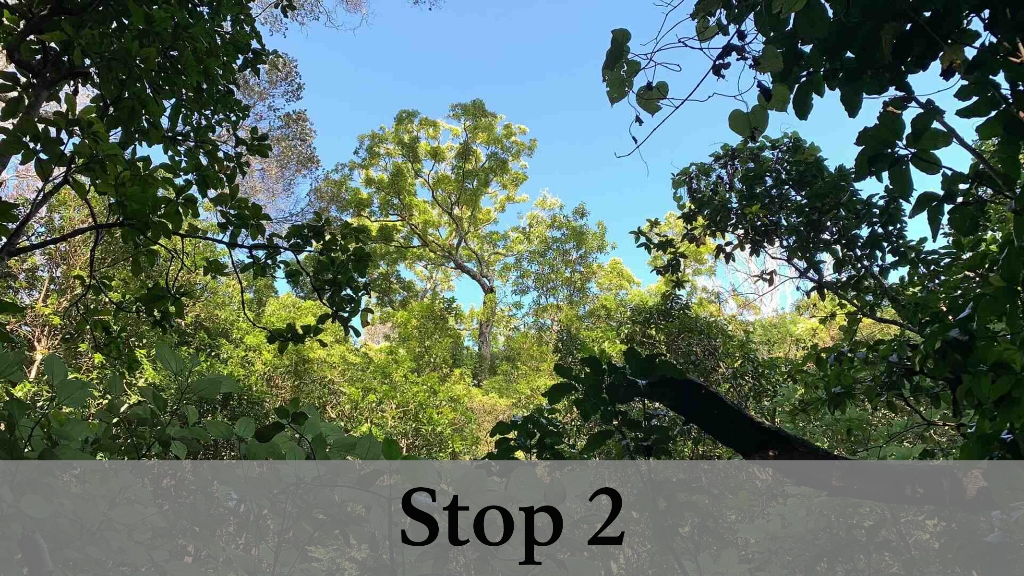
This revered kīpuka was nearly destroyed by grazing animals.
Much of Kīpukapuaulu has been spared from the continual eruptions of Mauna Loa and Kīlauea volcanoes, allowing native plants, birds, and insects to flourish. But in the late 1700s, well before the establishment of the park in 1916, this paradise was nearly lost, when cattle and feral goats were set loose in Hawaiʻi. Having evolved without grazers and lacking the defenses to repel them, many native Hawaiian plants were consumed like ice cream. In Kīpukapuaulu, and much of the surrounding forest, cattle and goats ate everything within their reach, and diversity severely declined. Only tall trees survived their grazing, and alien pasture grasses thrived. Joseph Rock, a self-taught botany professor, was the first plant explorer to reveal the fragile biodiversity of Kīpukapuaulu in his 1913 book, The Indigenous Trees of the Hawaiian Islands. He documented many rare native trees, like the indigenous mānele, or soapberry (Sapindus saponaria), struggling to survive in a sterile, citypark-like landscape. In addition to his work, he also undertook the first replanting of rare species, such as the hau kuahiwi, Hibiscadelphus giffardianus, and saved it from extinction.At that time, Kīpukapuaulu was a forest without a future. This “hot spot” of biodiversity was slowly dying. Its once thriving grandparent trees were struggling for survival, with no grandchildren— seedlings or saplings—to succeed them. To protect this precious kīpuka and what was left of its native plants, cattle were removed in 1928. Goats and pigs were later fenced out in 1968. Since then, Kīpukapuaulu has lost its artificially groomed garden-like appearance but has regained its future as a thriving, self-sustaining, species-rich forest. The tall, old mānele trees nearby and throughout the rest of this kīpuka now tower above the forest’s rich understory plants. Compare today’s understory to that in the 1913 photo above. What a tremendous difference! Today’s understory is densely packed with not only mānele trees, but also pāpala kēpau (Pisonia brunoniana), ʻolopua (Nestegis sandwicensis), and other native trees.
Is there something we missed for this itinerary?
Itineraries across USA

Acadia

Arches National Park

Badlands

Big Bend

Biscayne

Black Canyon Of The Gunnison

Bryce Canyon

Canyonlands

Capitol Reef

Carlsbad Caverns

Channel Islands

Congaree

Crater Lake

Cuyahoga Valley

Death Valley

Dry Tortugas

Everglades

Gateway Arch

Glacier

Grand Canyon

Grand Teton

Great Basin

Great Smoky Mountains

Guadalupe Mountains

Haleakalā

Hawaiʻi Volcanoes

Hot Springs

Indiana Dunes

Isle Royale

Joshua Tree

Kenai Fjords

Kobuk Valley

Lassen Volcanic

Mammoth Cave

Mesa Verde

Mount Rainier

North Cascades

Olympic

Petrified Forest

Pinnacles

Rocky Mountain

Saguaro

Shenandoah

Theodore Roosevelt

Virgin Islands

Voyageurs

White Sands

Wind Cave

Yellowstone

Yosemite

Zion